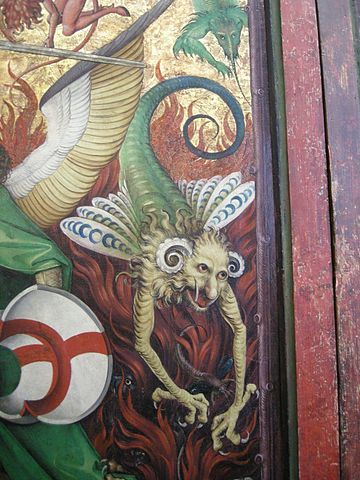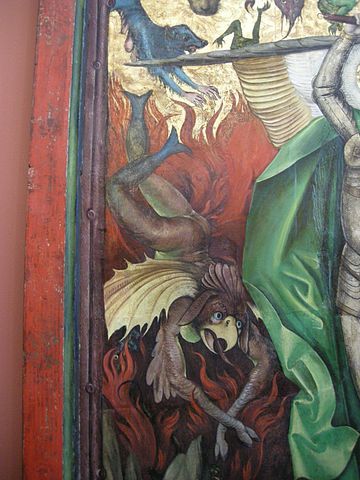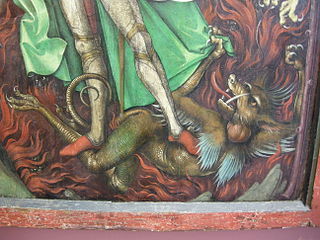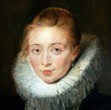Monsters in art
[image error]It’s the first Wednesday of the month again, time for a post for the Insecure Writer’s Support Group.
~~~~~~~~~~~~~~~~~~~
The February IWSG question: How has being a writer changed your experience as a reader?
My answer: Actually, being a writer often spoils the pleasure of reading for me. The more I learn about writing the more critical I’m to the books I read. Nowadays, I can only enjoy superbly written books. Whenever I encounter a mistake – spelling or grammar – I itch to edit the text. Sometimes, I can’t even finish a book I enjoyed before I started writing because I’m disgusted by all the writer’s blunders, grammatical as well as structural. But whenever a book is truly GOOD, my joy in it is even deeper than before. I can appreciate not only the engaging story but also the author’s professional skills.
~~~~~~~~~~~~
I have been contemplating a series of posts about art: what I think of certain paintings or certain art styles, what I like and dislike. Is it wrong for a writer’s website? Should I have another website dedicated to my art-related musings, or is it okay to explore it here? The deal is: classical paintings often inspire my writing. They give me ideas.
 One of the ideas I’m fiddling with now is a story about a monster. Anyone who ever took art history in college knows that there are monsters in classical art, especially in religious Renaissance paintings. The artistic tradition of the times demanded they should represent evil, but do they?
One of the ideas I’m fiddling with now is a story about a monster. Anyone who ever took art history in college knows that there are monsters in classical art, especially in religious Renaissance paintings. The artistic tradition of the times demanded they should represent evil, but do they?
In the same Renaissance paintings, there are countless images of people doing despicable things to each other, maiming, torturing, and killing their fellow humans. The monsters are not so murderously active. More often than not they are on the defensive, being pierced by a holy lance or beheaded by a mighty sword. Or they might peek slyly from behind a saintly hero, while the righteous warriors burn heretics alive or cut their limbs off or shoot them full of arrows like pincushions, all in the name of ‘true faith’.
 Unlike the monsters, who sometimes drag their already dead victims into the fires of hell, the heroes who punish the sinners do it while their victims are still alive and suffering. Moreover, the heroes are always pretty, always center-stage, while the monsters are always on the periphery of the paintings, always ugly and pitiful. Perhaps that’s why they are usually depicted as the representation of sin.
Unlike the monsters, who sometimes drag their already dead victims into the fires of hell, the heroes who punish the sinners do it while their victims are still alive and suffering. Moreover, the heroes are always pretty, always center-stage, while the monsters are always on the periphery of the paintings, always ugly and pitiful. Perhaps that’s why they are usually depicted as the representation of sin.
I don’t think they are evil or sinful. They are just different, with horns and tails, and thus shunned and hated, besmirched and reviled by all who don’t see beneath the surface. There are few stories in literature about a ‘beast’ being not so beastly, while a handsome man proves to be a real monster. Beauty and the Beast is the most famous example. The Hunchback of Notre-Dame by Victor Hugo was another. I’m sure there are more but I don’t remember them at the moment.
I think I want to write about a monster. Of course, there is a bunch of ‘demons’ in the recent spate of paranormal romances, but these are all handsome hunks, not ugly monsters, the creatures I want to explore.
 In my view, monsters comprise a race of their own. We all know that racial features—like hooves or fangs—have nothing to do with any moral qualities. Like any race, some monsters are probably better than others. Many of them have hellish jobs and a devil for a boss. They deserve some recognition. Maybe some adventures of their own. Maybe even a smattering of love. Don’t they? Maybe they are not so ugly, when viewed through the right eyes?
In my view, monsters comprise a race of their own. We all know that racial features—like hooves or fangs—have nothing to do with any moral qualities. Like any race, some monsters are probably better than others. Many of them have hellish jobs and a devil for a boss. They deserve some recognition. Maybe some adventures of their own. Maybe even a smattering of love. Don’t they? Maybe they are not so ugly, when viewed through the right eyes?
Look at the poor guys in this post, all of them from a painting by Hans Leu the Elder (1460–1510). What did they ever do to any of us?
Do you know more stories about monsters who are not really bad guys? Tell me in the comments.
~~~~~~~~~~~~~~~~~~~
All images courtesy of wikipedia.
Save
Save
Save





